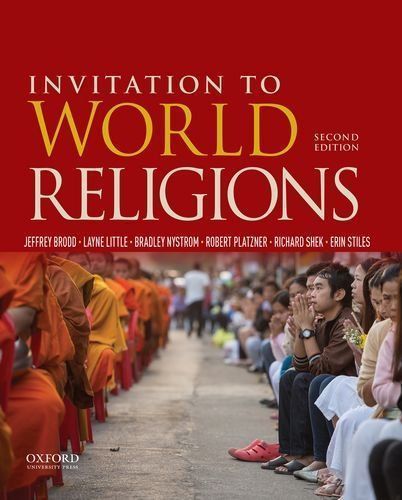
Invitation to World Religions
Featuring a unique, consistent, and modular chapter structure--"Teachings," "History," and "Way of Life"--and numerous pedagogical features, Invitation to World Religions invites students to explore the world's great religions with respect and a sense of wonder. This chapter structure enables students to navigate each religion in a consistent and systematic way and helps students to make comparisons between religions. The book describes the essential features of each religion and shows how they have responded to basic human needs and to the cultural contexts in which they developed. The authors also encourage students to develop an appreciation for what religious beliefs and practices actually mean to their adherents. FEATURES A consistent, modular chapter structure--"Teachings, "History," and "Way of Life"--enables students to navigate each religion in a consistent and systematic way and helps them to make comparisons between religions A lucid and accessible writing style imparts a sense of invitation, welcoming students into the beliefs and practices of religious adherents around the world A large team of authors with diverse specialties ensures that each religion is covered with true expertise "Voices": In personal, candid interviews, a diverse array of people share the ways in which they live their faiths "Seeking Answers" sections at the end of each chapter encourage students to compare the ways in which different religions address the same essential questions "Visual Guides" offer keys to important religious symbols in easy-to-read tables for quick reference and comparison Chapter-opening maps and timelines throughout the text provide geographical, social, and political context for each religion's development "For Review" and "For Further Reflection" questions prompt students to reexamine essential concepts and invite students to think critically and to engage in deeper analyses Key terms are boldfaced at their first appearance and defined in the glossaries that follow each chapter and also in the glossary at the back of the book Suggestions for further reading direct students to some of the best and most recent print and online resources on each tradition A wealth of rich, robust, and relevant color photographs and illustrations keep students visually engaged